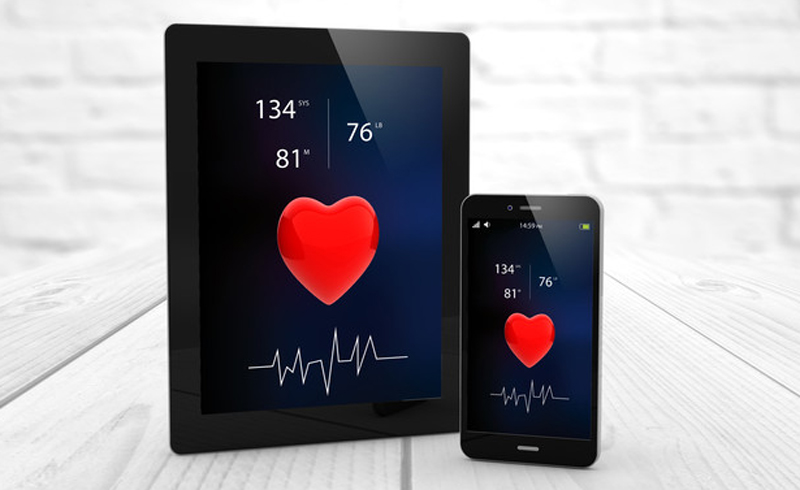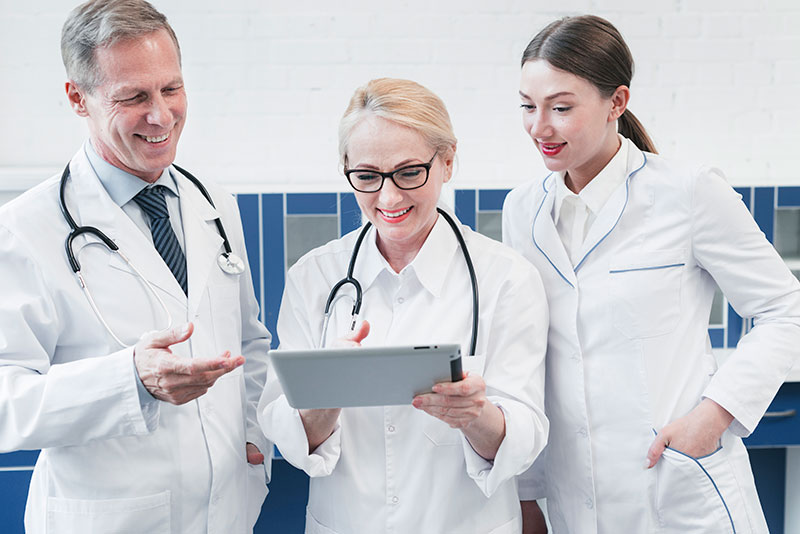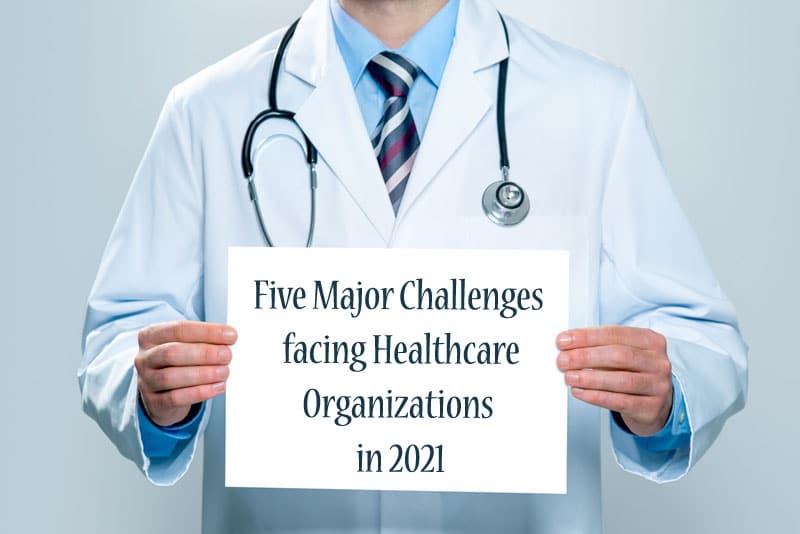Outsourcing medical transcription can ensure error-free electronic health records (EHRs). mHealth or mobile health literally puts this patient information in the provider’s palm. Recent reports show that mHealth is a game changer in patient care delivery.

According to the World Health Organization (WHO), mHealth is “the medical and public health practice supported by mobile devices, such as mobile phones, tablets, patient monitoring devices, personal digital assistants (PDAs), and other wireless devices”. The 2018 Physicians Practice Mobile Health Survey has revealed the growing support for mHealth among physicians and practices. Of the 187 respondents:
- 75.9% said they use mobile health (mHealth) in their practice on a weekly basis
- 69% of respondents use mHealth for staff communication
- 51.1% use it for patient communication
- 46.6% use it for education on clinical issuesThese results are not surprising since using mobile devices in healthcare offers many benefits for providers as well as patients:
- Improves coordination with patients: Mhealth allows physicians and nurses to coordinate better with the patient about diagnosis, medication and the follow-up process. Patients can be sent reminders about when and how to take medication, prescription refills, and daily messages that ask whether certain medications have been taken. This reduces the risk of non-adherence as well as medical errors due to poor communication on prescriptions and other matters. Systems like Skype combine calling, texting, paging, screen sharing, video chat, improving productivity and minimizing communication errors. As a Keys Harbor Technologies report notes, such point-of-care coordination is having a favorable impact on patient recovery and decreasing the number of re-admissions.
- Improved access to patient data and other relevant information: Healthcare providers can access medical records anytime and anywhere using mobile apps. With data flowing seamlessly through the network, physicians and patients can better coordinate care and ensure that important information is shared with the persons that need it.
- Improves care delivery via direct patient management: Mobile health has transformed care delivery. Physicians and nurses can use phones, tablets and wearables to check up on patients directly and maintain patient logs. Mobile communication apps can be used to train family members on certain aspects of care. These applications have greatly improved quality of care.
- Enhances communication among providers: Smooth communication among health care professionals is an essential component of quality care. This is especially important when a patient’s healthcare team is spread across multiple medical facilities, making care more complex. Medical providers need an effective platform to communicate with each other and mHealth fills the gap. Physicians Practice reports that ProHealth Care, a health system in the Waukesha, Wisc. Area uses mHealth for such communication. Nurses on the care team use an app to communicate via secure voice and texting capabilities. The app also has a robust directory, allowing the nurses to add members of the patient’s care team who need to be contacted.
- Better time management: Mobile devices allow physicians to work on the go. With a tablet or smartphone, they don’t need to rely on a desktop computer to find patient information. Similar to outsourced medical transcription services, mobile health boosts physicians’ efficiency and frees them up to focus on what they do best: provide patient care. By helping physicians manage their schedules more easily, mHealth also plays a role in reducing physician stress and burnout.
- Can help address the physician shortage problem: The Advisory Board recently reported on a new study which highlighted the roleof new technological innovations such as mobile health apps in addressing the nation’s physician shortage crisis. According to the authors, adopting new technology is a key strategy for physicians to increase access to care and reduce administrative burdens. Mobile apps are helping physicians improve productivity and treat more patients.
- Improved diagnosis: A 2017 mhealthintelligence.com reported on how new mHealth technology is aimed at making the “lab-on-a-smartphone” a common tool for detecting and treating diseases.University of Illinois researchers have developed a camera that could significantly improve a smartphone’s diagnostic capabilities.Fitted into a smartphone, the technology would allow users to conduct multiple medical tests conventionally done in a lab, to identify biomarkers for nutrition, cardiac health, sepsis, cancer, pregnancy, drugs, hormones and infectious diseases. When linked to a smartphone app and the cloud, the app will enable the userto communicate in real-time with clinicians and specialists.
- Convenience for patients: Mobile communications are convenient for patients who would need to travel long distances to get to a practice. Routine follow-ups done through mobile do away with the need for that commute. In fact, the 2018 Mobile Health Survey confirms mHealth is much more popular than telemedicine – while only 4.8% of mHealth-using practices said they engage patients through telemedicine, up to 41 percent reported using secure text messaging and 38.6 percent, the patient portal.
However, the Mobile Health Survey reported that some providers cited security concerns as the reason for not adopting mHealth adoption. The Food and Drug Administration (FDA) monitors mHealth medical apps similar to medical devices. Due to uncertainty regarding the FDA’s definition of an app that meets mHealth criteria and absence of evaluation of these apps from the clinical point of view, several health care stakeholder groups, led by the AMA, American Heart Association, HIMSS, and others, have started a collaborative initiative called Xcertia. The goal is to develop guidelines to help clinicians evaluate mHealth apps based on content, privacy, operability, and security.
Market research firm Technavios predicted that the global medical transcription IT spending market will grow at a CAGR of 6.48% during the period 2016-2020. The use of mobile health solutions is a growing trend. Mobile access is allowing clinicians to review, edit and approve the EHR notes provided by medical transcription service providers anywhere and anytime. As health IT evolves, medical transcription companies will continue to focus on meeting providers’ requirements by providing quality documentation solutions to improve the delivery of care.


